How to Use an Advocacy Letter Template Effectively
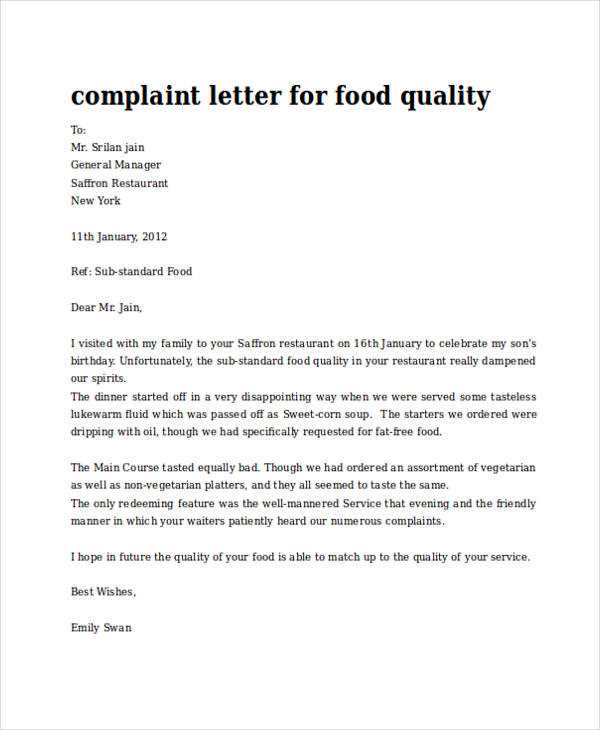
When seeking change or support for a cause, the ability to craft a compelling message is crucial. A well-constructed communication can have a significant impact, whether directed at policymakers, organizations, or the general public. The key to success lies in presenting your arguments clearly, emotionally, and logically.
Understanding how to effectively structure such a communication will enable you to maximize its influence. By focusing on essential elements such as tone, content, and clarity, you can ensure that your appeal stands out and resonates with its recipients.
Creating a persuasive message involves knowing your audience, conveying your points concisely, and making a strong case. It is important to maintain a balance between professionalism and personal touch, ensuring that your message not only informs but also inspires action.
Why Advocacy Letters Matter
In many cases, the most effective way to address an issue and influence change is through direct communication. When carefully crafted, a well-articulated appeal can persuade others to take action or reconsider their position. The power of these written appeals lies in their ability to clearly present a cause, create emotional resonance, and present actionable solutions. Understanding their significance can help you make your voice heard in a meaningful way.
Impact on Decision-Makers
When directed at key individuals, such as lawmakers or organizational leaders, these types of communications play a pivotal role in influencing decisions. By outlining the importance of a particular matter and its broader effects, a compelling appeal can sway opinions, motivate legislative action, or drive organizational change.
Building Public Support
Beyond individuals in power, these written communications also serve to rally community support. When distributed effectively, they can inform and motivate the public, encouraging them to join a cause or take collective action. This broadens the impact of a message, making it more likely to reach and engage a wide audience.
| Effectiveness | Purpose | Impact |
|---|---|---|
| Direct influence on decision-makers | Communicate critical issues | Shaping opinions and policies |
| Increased public engagement | Mobilize support | Strengthen movements and causes |
Crafting a Persuasive Message
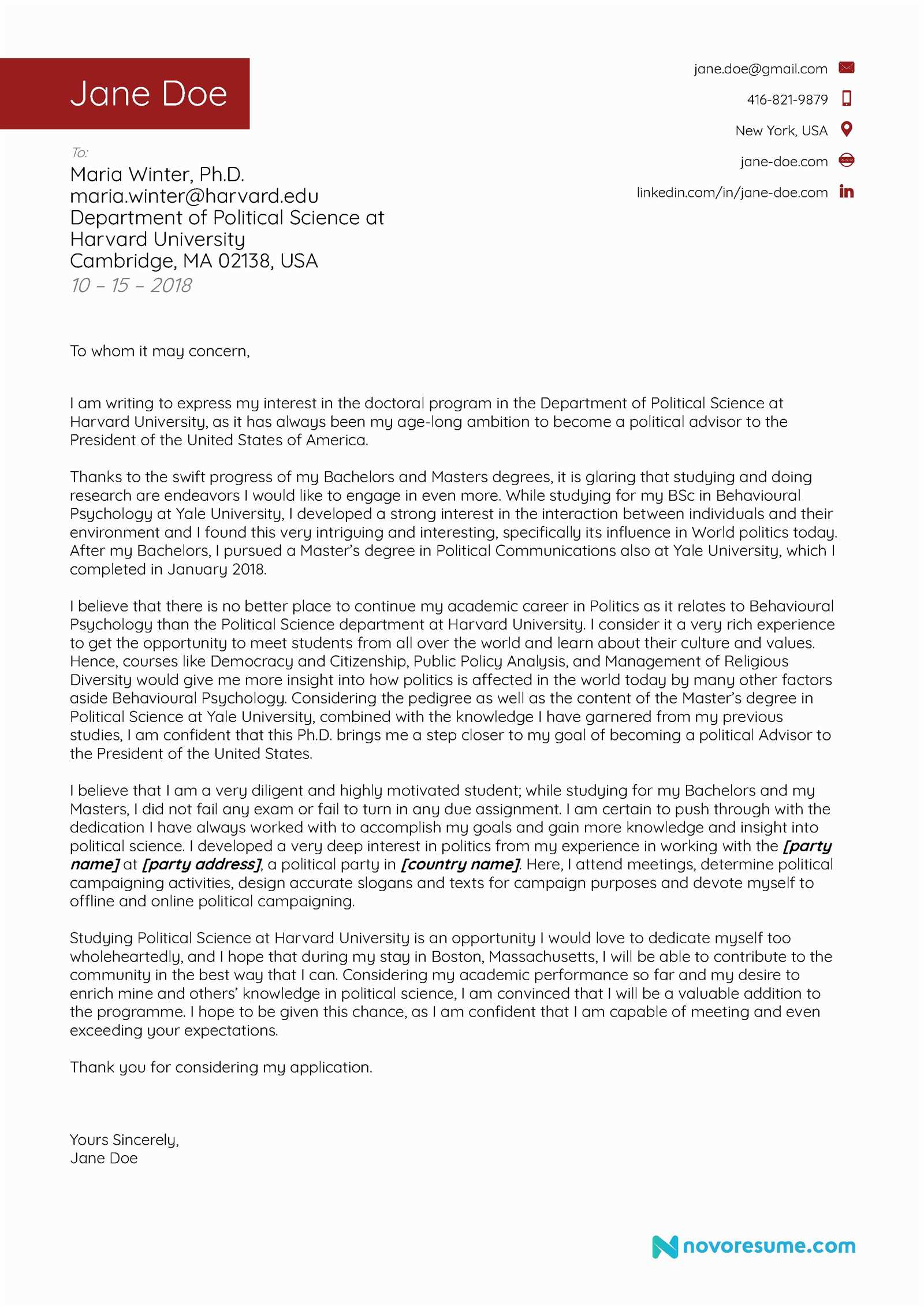
To effectively communicate your position and inspire action, it is essential to carefully structure your message. A powerful message is clear, direct, and resonates with the recipient on both an emotional and logical level. It must be compelling enough to encourage the reader to not only understand your perspective but also to act upon it.
One of the key aspects of a persuasive message is the ability to engage the reader. This involves not just stating facts, but presenting them in a way that connects with the values, concerns, or interests of the audience. Use of strong, confident language combined with relevant examples or emotional appeals can make a message more impactful.
Additionally, a successful appeal requires a clear call to action. Let the reader know what steps they can take to support the cause or address the issue at hand. A vague or uncertain request can undermine the effectiveness of the message, whereas a direct, actionable suggestion makes it easier for the recipient to respond positively.
Structure of an Effective Letter
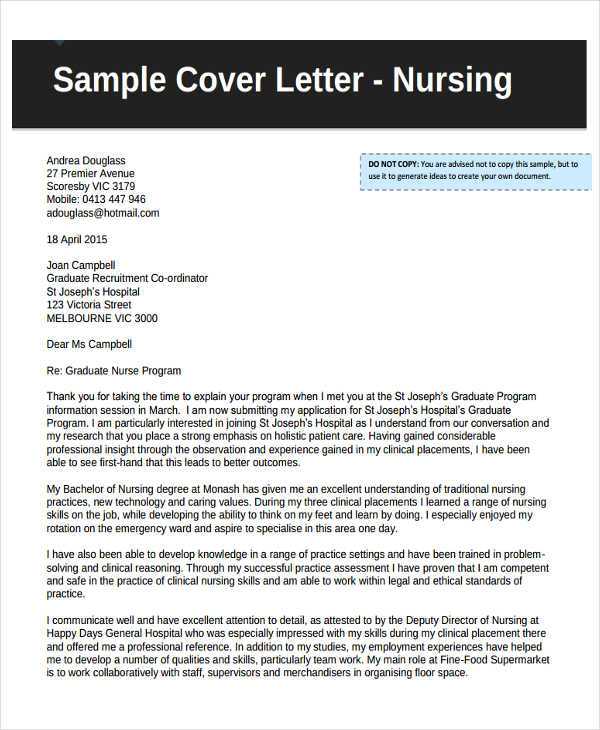
When crafting a written appeal, the organization and clarity of your message are paramount. A well-structured communication ensures that your points are conveyed logically and persuasively. The goal is to guide the reader through your argument in a way that is both easy to follow and compelling, while maintaining a professional tone.
Opening and Introduction
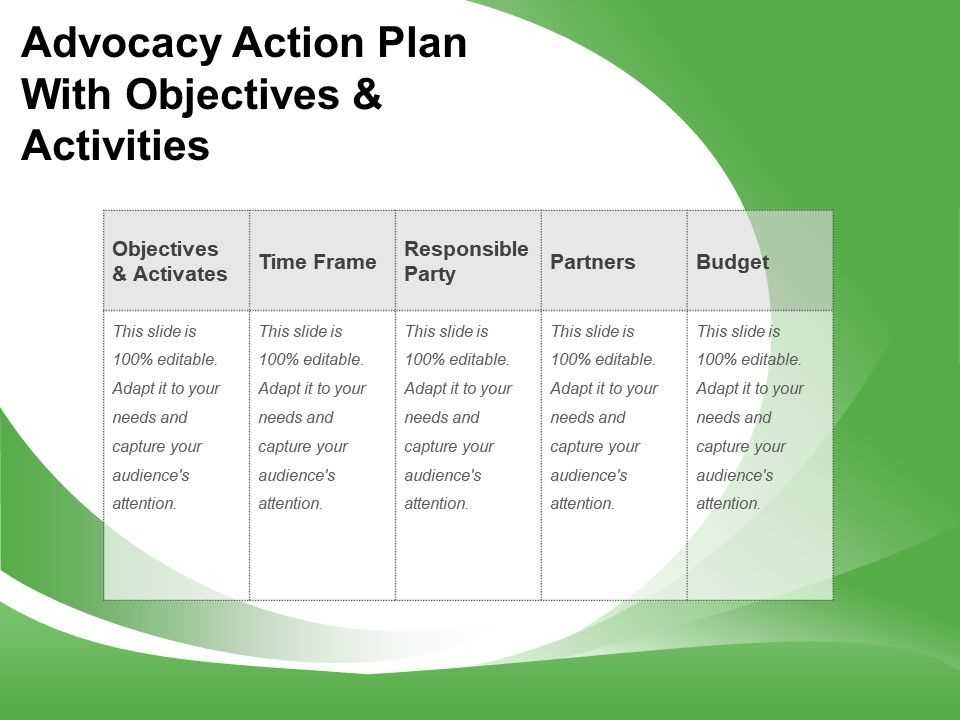
The first few lines are crucial for capturing the reader’s attention and setting the tone for the rest of the message. Introduce yourself briefly and explain the purpose of your appeal. Be clear and direct about the issue at hand, making sure to address the recipient appropriately.
Main Body and Supporting Arguments
The body of your message should contain the key points and supporting details that strengthen your case. Use factual evidence, personal experiences, or examples that are relevant to the issue, and ensure that your arguments are well-organized and easy to follow. Stay focused on the central issue to avoid overwhelming the reader with unnecessary information.
Common Errors and How to Fix Them
When drafting a written appeal, it’s easy to make mistakes that could undermine the effectiveness of your message. Common issues such as lack of clarity, overly emotional language, or failure to provide a clear call to action can weaken your appeal. Recognizing these errors and knowing how to fix them is essential for crafting a strong and persuasive communication.
Common Mistakes
- Unfocused or Vague Messaging: Not clearly stating the issue or your request can confuse the reader and reduce the impact of your message.
- Overuse of Emotional Language: While emotions can be effective, overly dramatic language may alienate the reader or diminish your credibility.
- Lack of Clear Structure: Disorganized content makes it harder for the reader to follow your argument and understand your points.
- Missing Call to Action: Without a clear request or next step, your appeal might leave the reader uncertain about how to respond.
How to Fix These Issues
- Be Direct and Specific: Clearly identify the issue and what action you want the reader to take.
- Balance Emotions with Logic: While it’s important to express passion, make sure your arguments are backed by facts and reason.
- Organize Your Message: Break down your points into clear sections with a strong opening, supporting evidence, and a conclusion.
- Provide Clear Instructions: Include a specific, actionable request so the reader knows how to respond.
How to Address the Right Audience
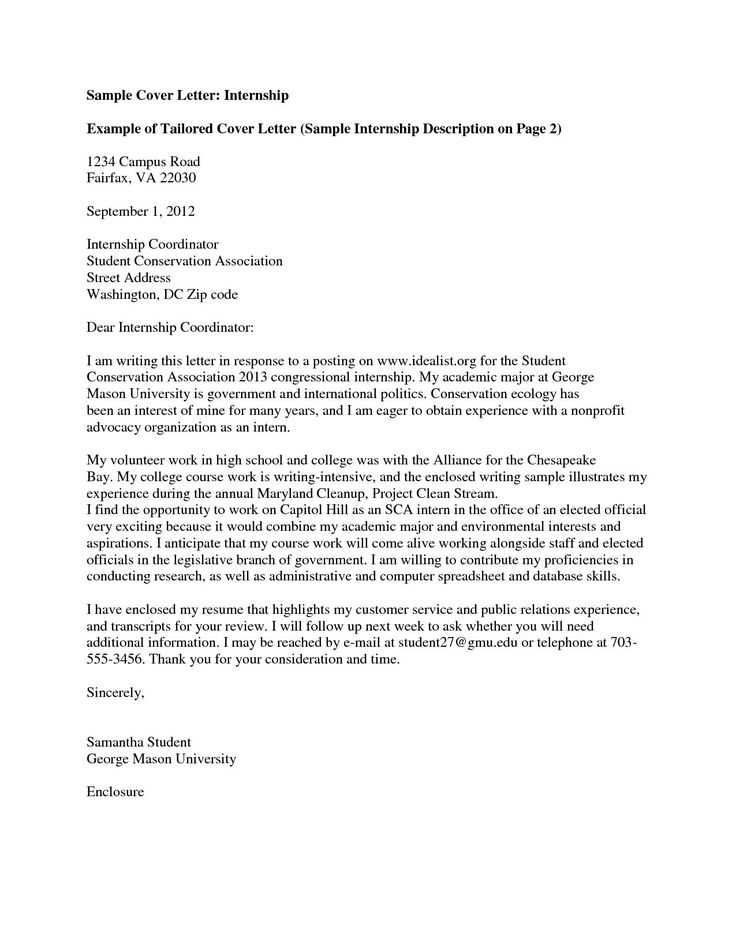
To make your message impactful, it is crucial to ensure that it reaches the right people. Understanding your audience’s interests, values, and potential influence is essential in crafting a communication that resonates. Identifying the appropriate recipients allows you to tailor your message in a way that captures their attention and encourages them to take action.
Consider the roles and responsibilities of those you are addressing. Whether it’s a policymaker, an organization, or a community leader, each audience requires a different approach. Researching their priorities and concerns will help you present your message in a way that aligns with their objectives and maximizes the likelihood of a positive response.
Additionally, think about the tone and level of formality required for your audience. A message directed at a government official may need to be more formal and structured, while an appeal to a local group may benefit from a more conversational approach. Tailoring these aspects ensures that your communication feels relevant and respectful to the recipients.
Real-World Examples of Advocacy Letters
Looking at successful real-world examples can provide valuable insights into how to effectively craft a persuasive written appeal. These examples showcase how to structure a message, engage the reader, and clearly present a call to action. By analyzing these examples, you can learn how to apply best practices in your own communications.
One well-known example is the use of letters written to policymakers in support of environmental protections. These letters often combine personal stories with scientific data to create an emotional appeal while also providing logical reasoning. Such letters highlight the urgency of the issue and offer specific actions that the recipient can take to address the problem.
Another example comes from grassroots organizations, where petitions or calls for action are delivered through written appeals to local government officials. These communications are often highly focused, addressing a single issue that resonates with a broad community. They rely on clear, concise messaging and offer easy-to-follow steps for supporters to get involved, increasing the overall impact of the effort.